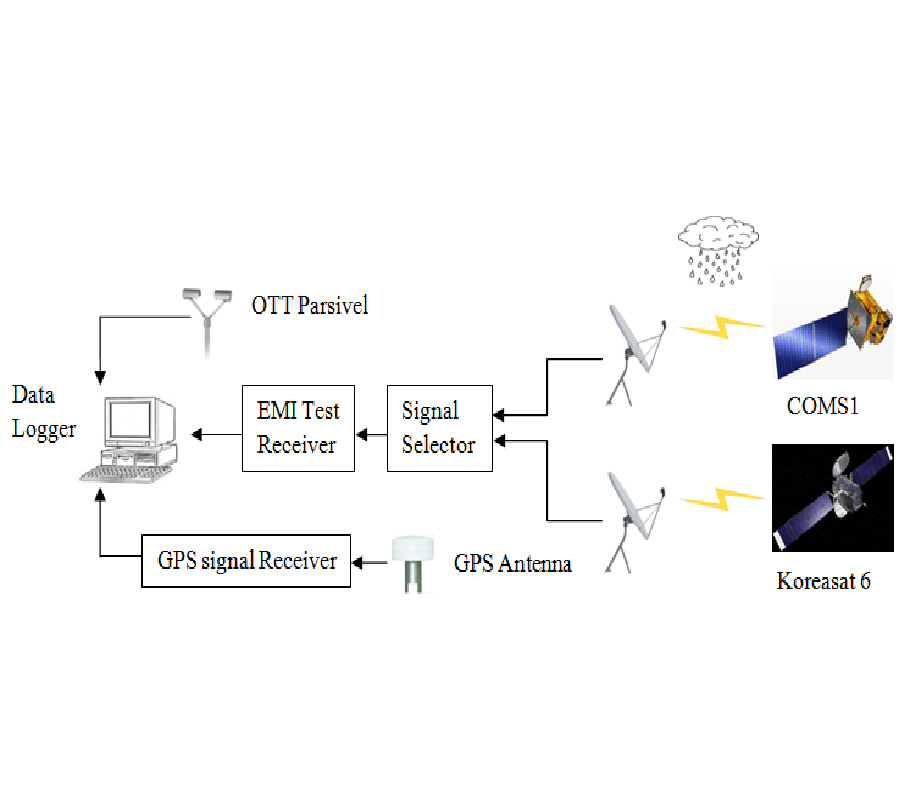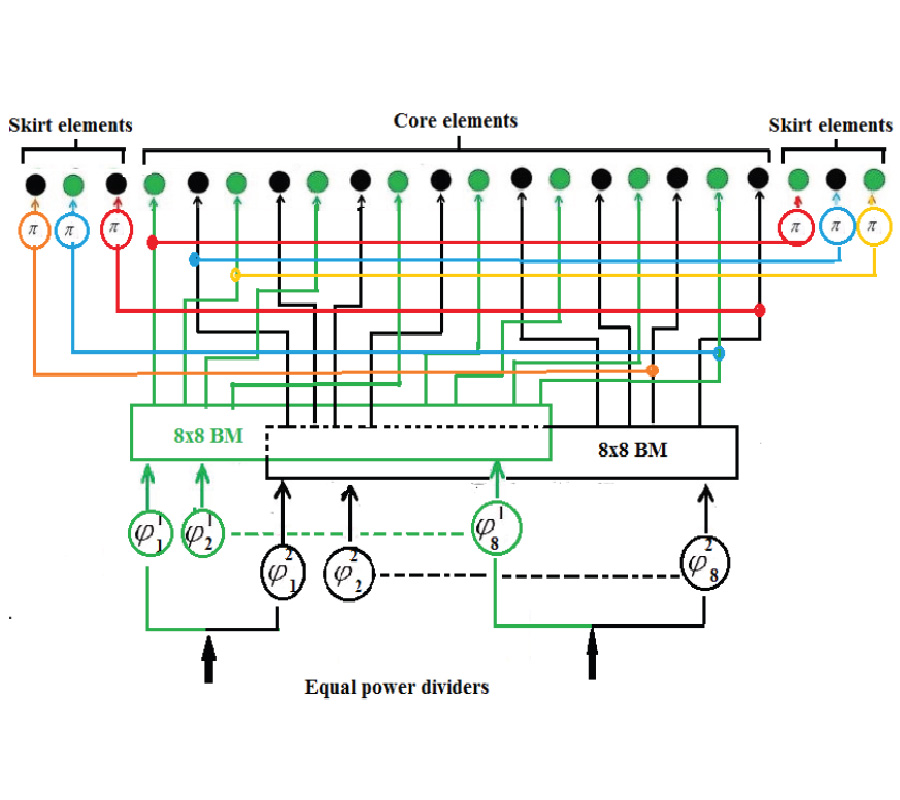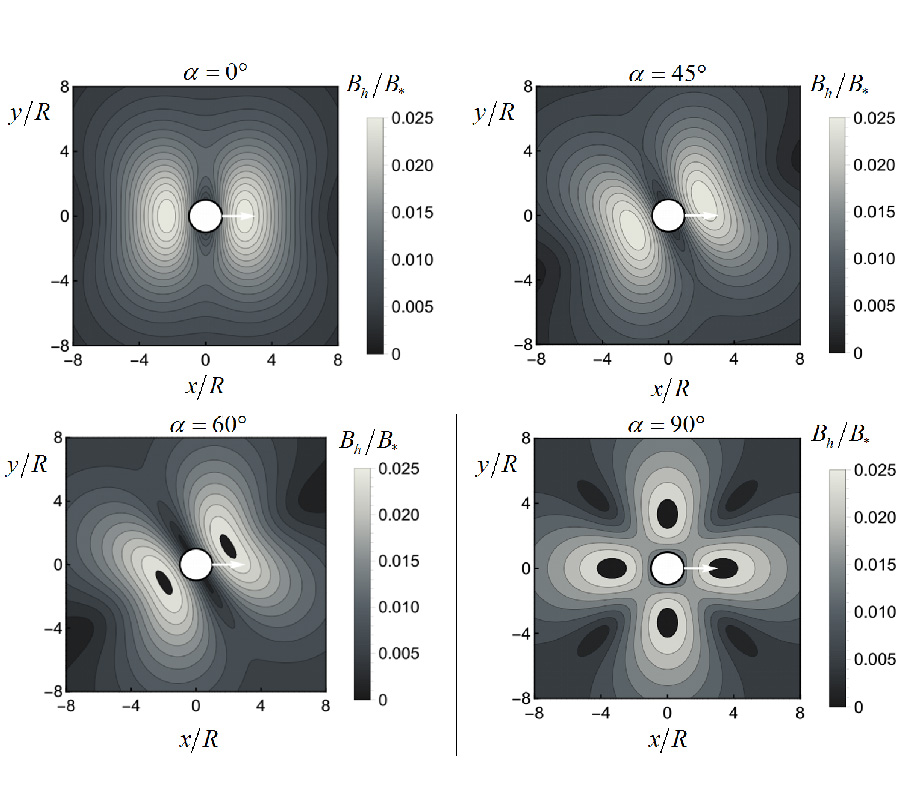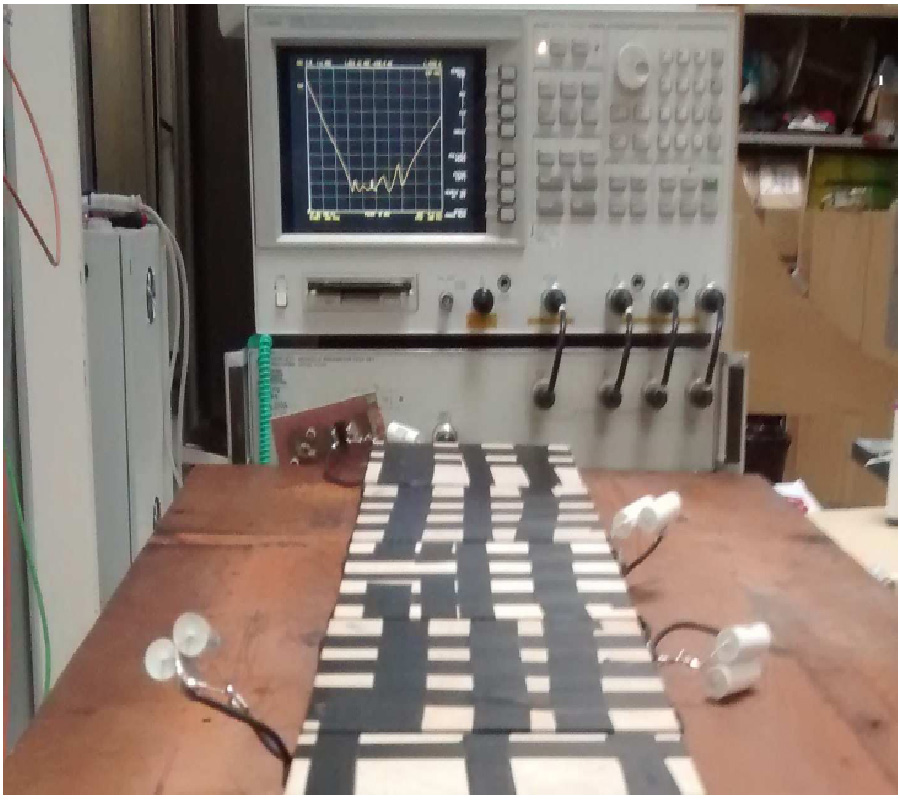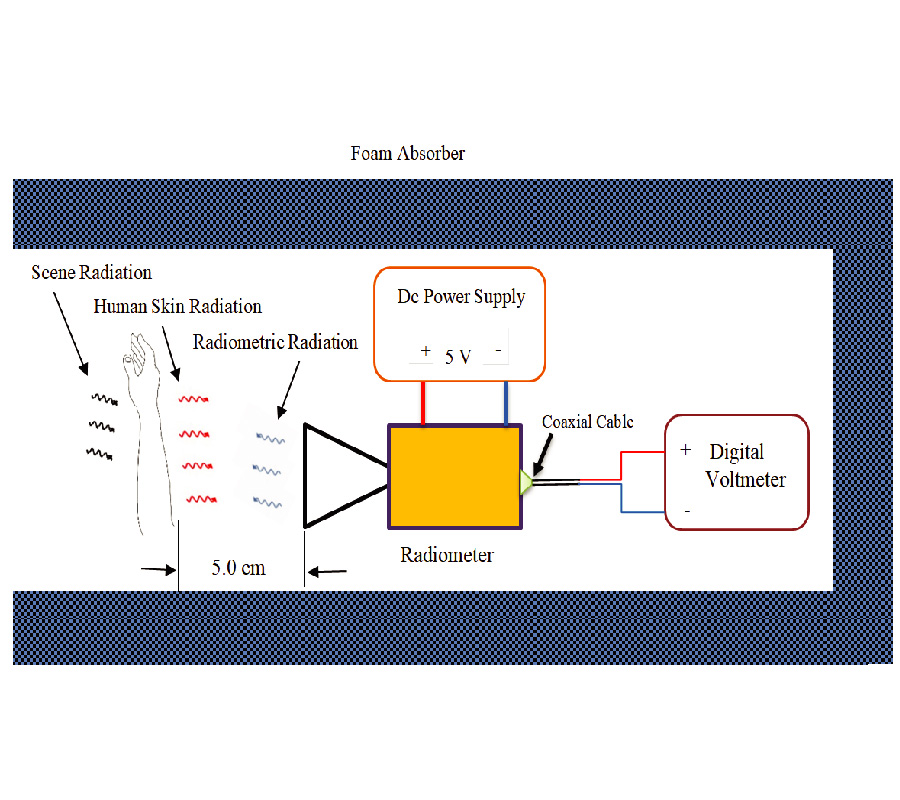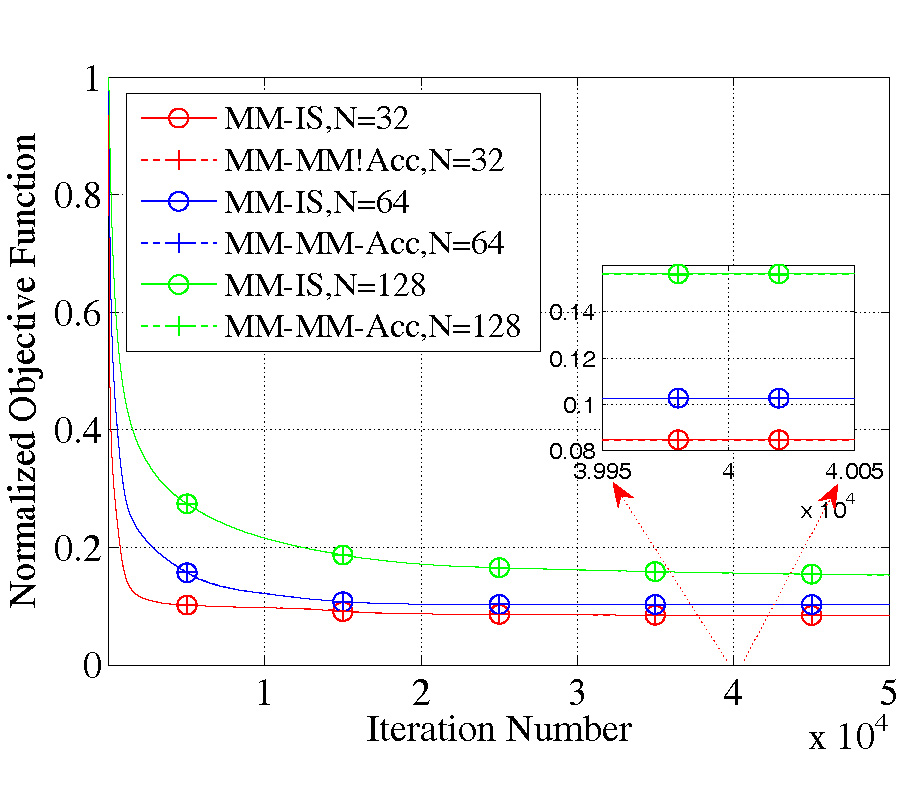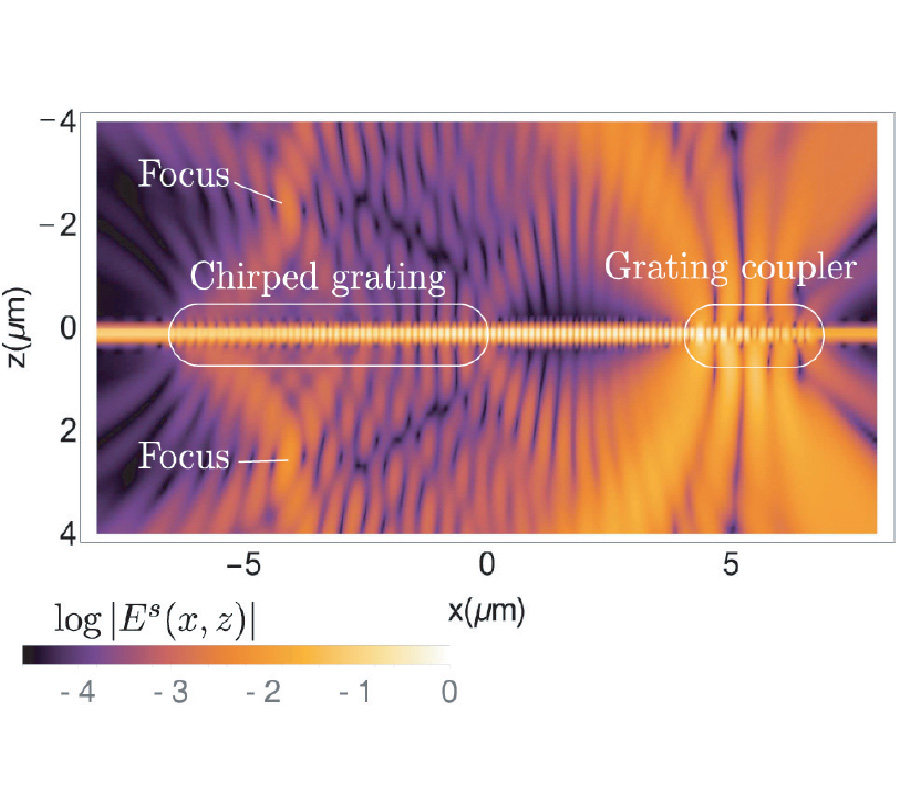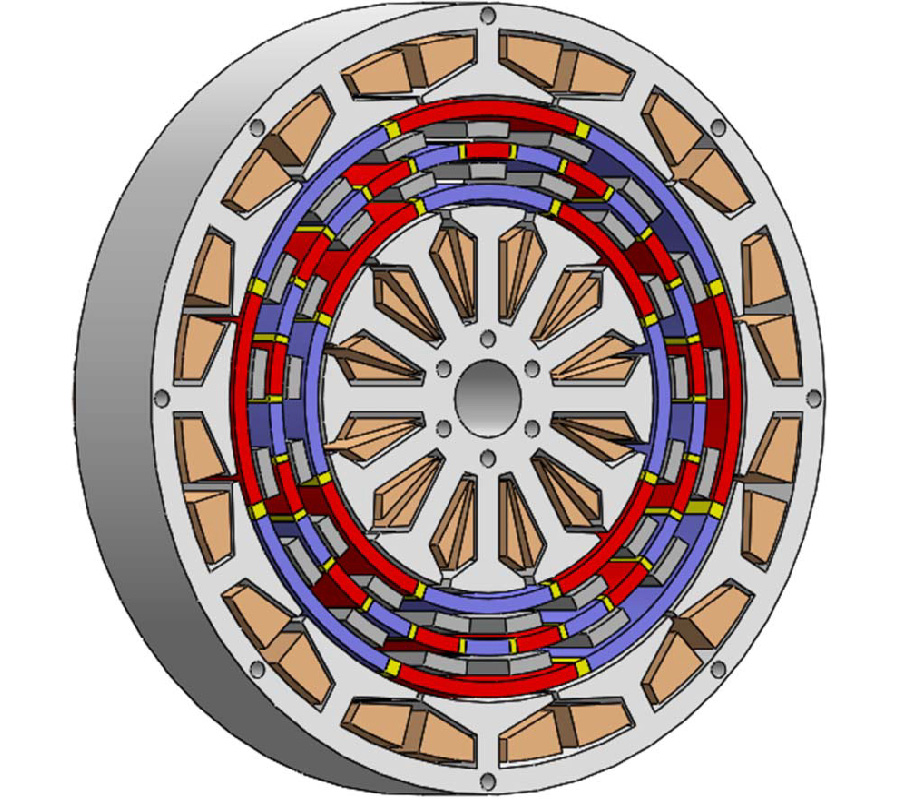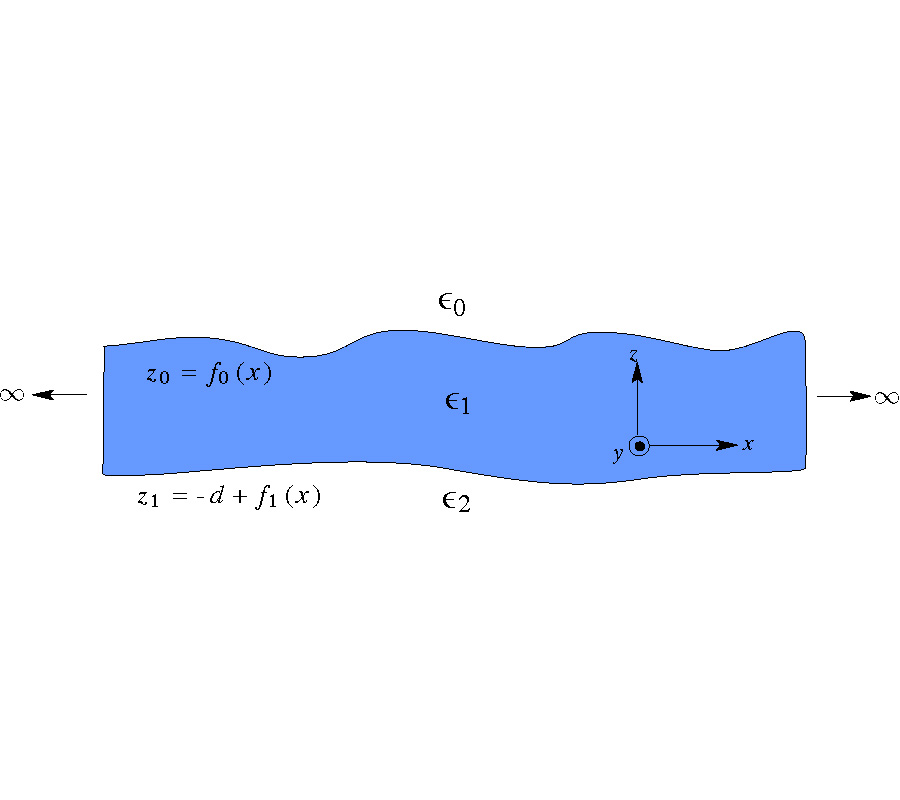An Overview of UWB Antennas for Microwave Imaging Systems for Cancer Detection Purposes
Berenice Borja,
José Alfredo Tirado-Méndez and
Hildeberto Jardon-Aguilar
In the last decades, microwave imaging has been a new area of research due to its many advantages over current imaging systems. Microwave imaging system is used for in-depth inspection of biological tissues. The test provides the identification of morphological changes in these biological tissues, as well as their locations. The emerging Ultra-Wideband (UWB) microwave imaging gives better result with the main advantage of using non-ionizing radiation. In these systems, antennas play a very important role, and as such, their optimization has become a very important topic because of the device is placed close to the human body. Thus, many aspects are of great importance in the design of the antennas starting from the material with which it is constructed, its dimensions, operation bandwidth, human body influence on the antenna parameters, short-pulse propagation, etc. Recent research has shown several efforts in improving the electromagnetic sensors used in these systems, either as individual or array elements. In this paper, we provide an overview of the most relevant developments in the field of UWB high directivity sensors used in microwave imaging systems.
